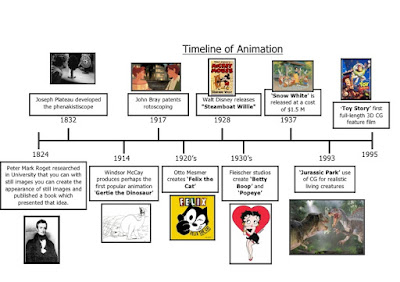One quote I found in 'Animation - From Pencils to Pixels' has an interesting theory about Lasseter's approach to 'Toy Story':
"But recognising the limitations of 3D character design and animation, Lasseter astutely chose toys as the first challenge to the Disney monopoly. Toys have a limited expectation of movement from the audience’s point of view and yet the shapes, surfaces, and textures of toys were within reach of the available knowledge and technology." (White, 2006, p.33)
After watching the film again, I can tell that using toys as the first character subject for a feature length film was a good idea, since toys naturally have a rugged movement, which is what the audience would expect to see from the characters, hence making CG look amazing since it can animate something really well.
It's an interesting theory because human characters were evident in Toy Story, however they didn't appear in it much, whereas in 'Toy Story 2' (2000) these background human characters become more prominent, which represents Pixar's development in animation.
I intend to include this quote in my dissertation, since I agree with the fact that the production team did really well to not go overboard on the idea, and to demonstrate what CG is capable of.












